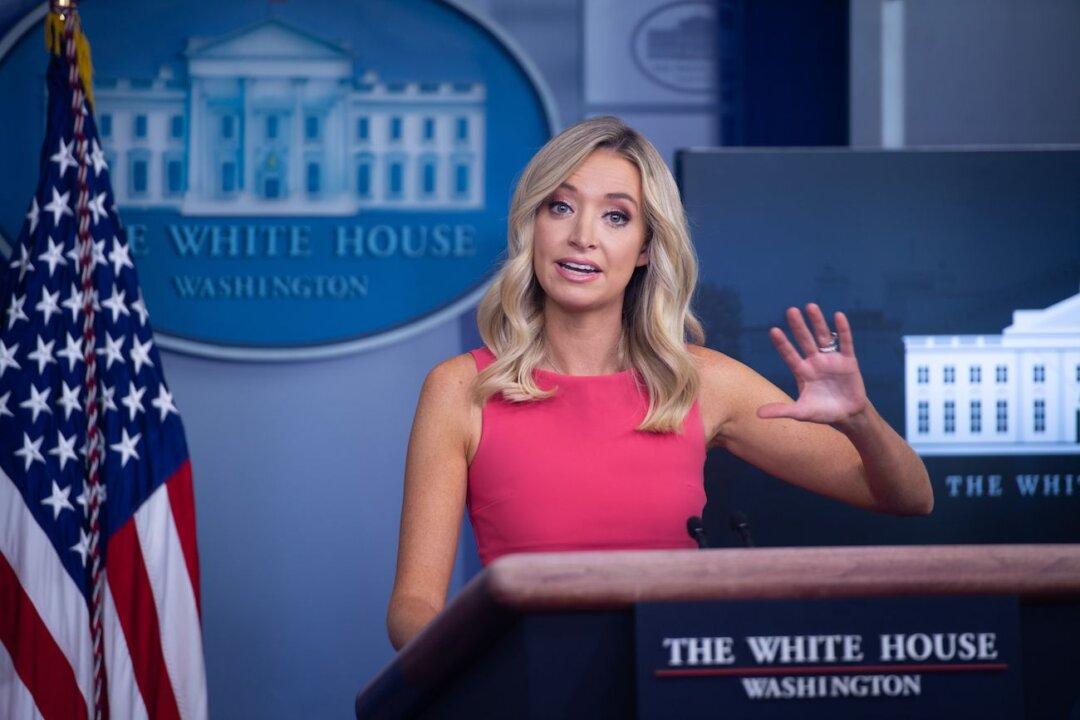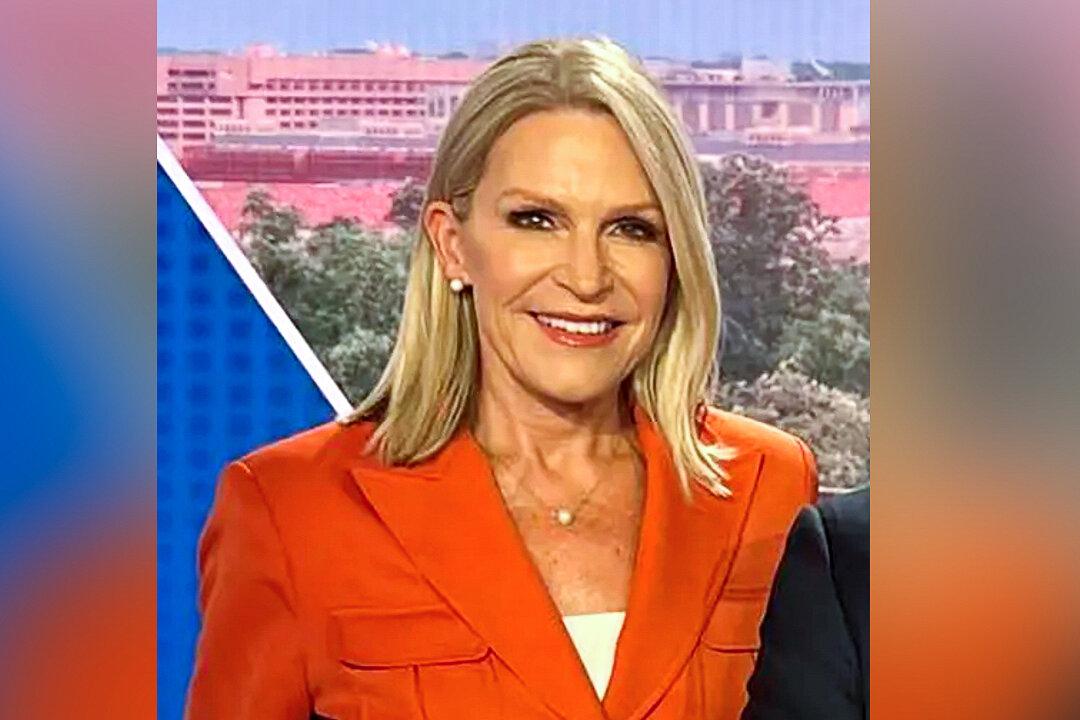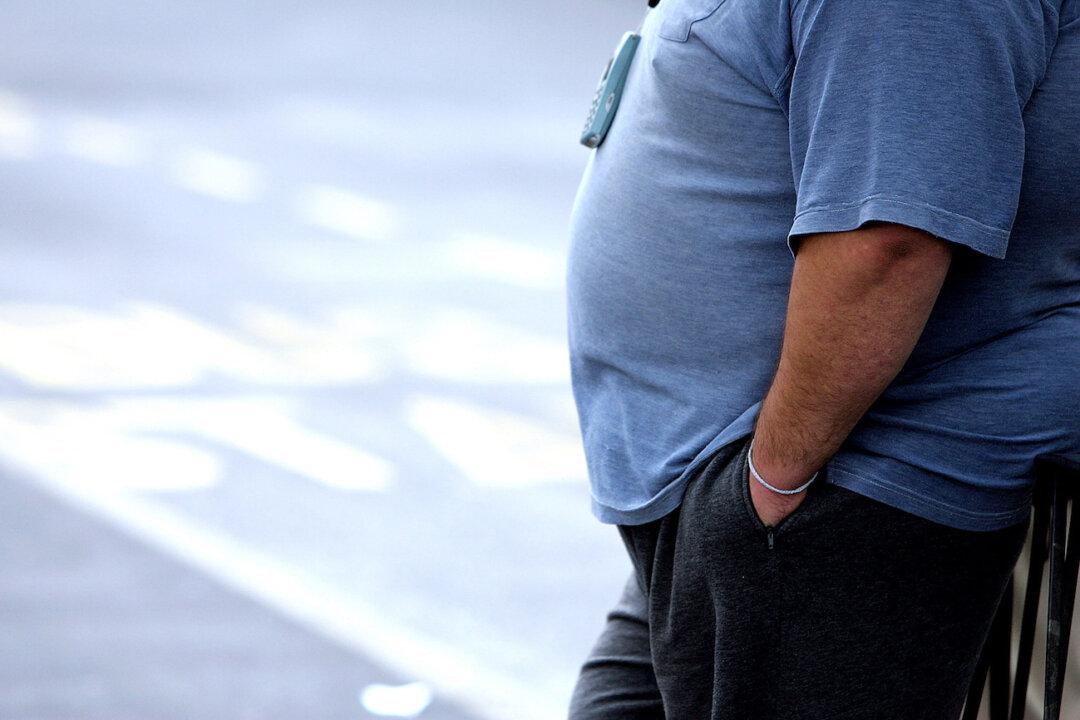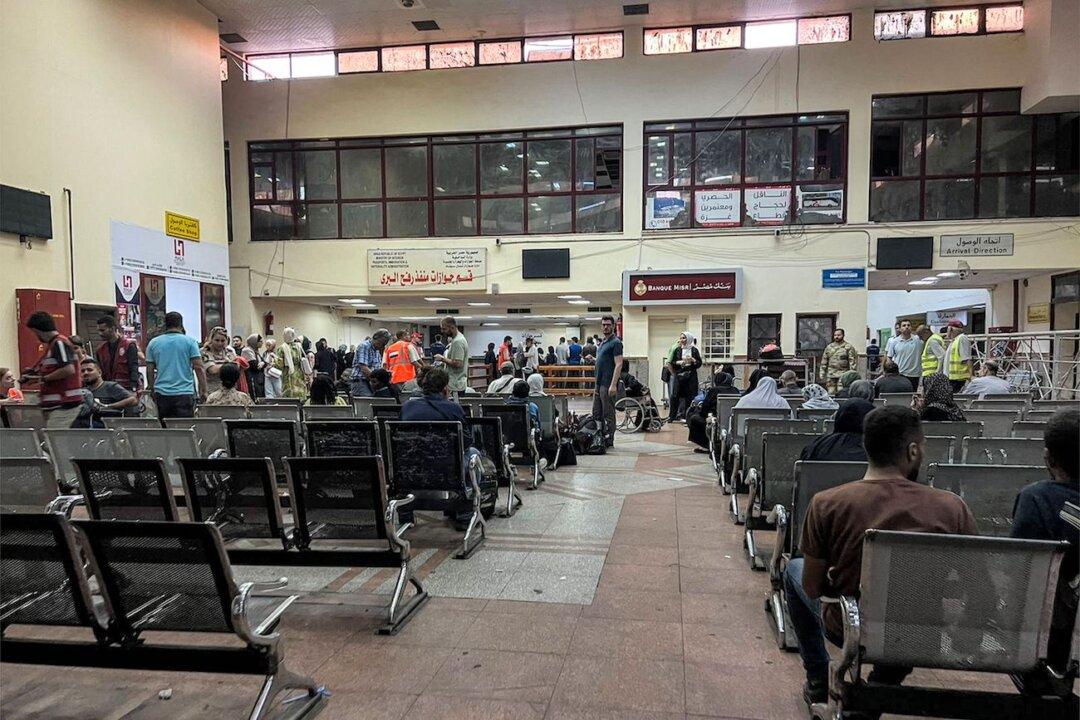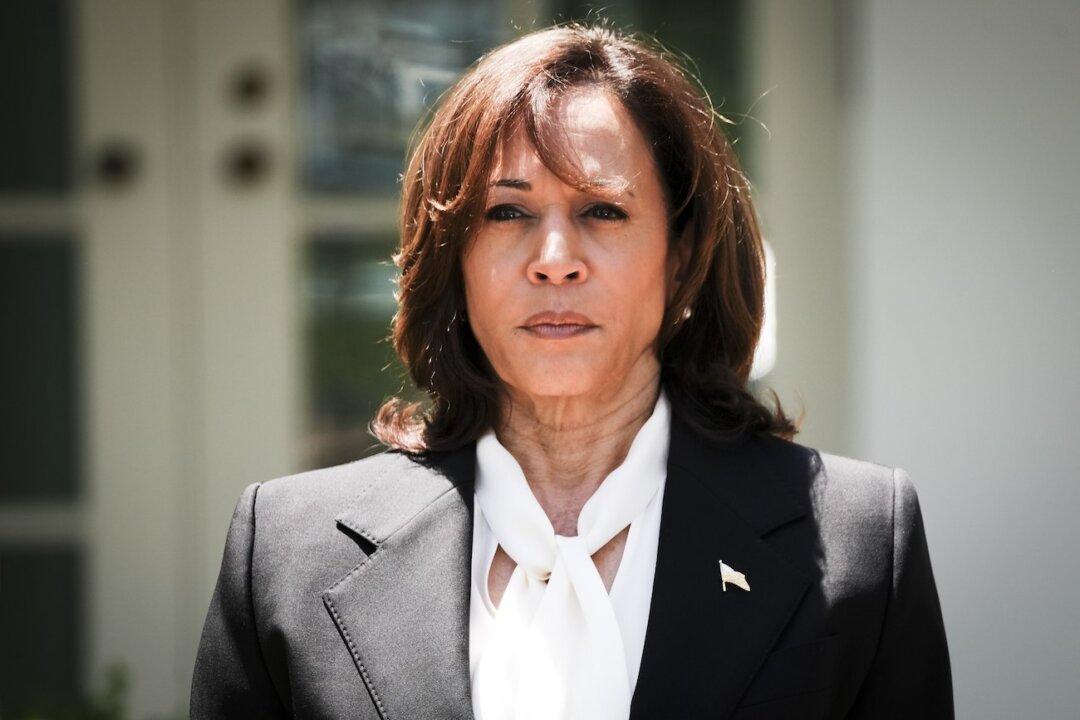The White House has “no regrets” regarding President Donald Trump’s trip to St. John’s Church on June 1, after police employed law enforcement measures to clear the area of protesters ahead of a curfew in nearby Lafayette Park.
“There’s no regrets on the part of this White House,” White House press secretary Kayleigh McEnany told reporters on Monday.
